What Are the Novel BCMA-Targeted CAR-T Therapies in the Myeloma Pipeline?
By Saad Z. Usmani, MD, MBA, FACP, Shambavi Richard, MD, Meera Mohan, MD, Yi Lin, MD - Last Updated: January 17, 2024A roundtable discussion, moderated by Saad Usmani, MD, of Memorial Sloan Kettering Cancer Center, focused on treatment considerations for relapsed or refractory multiple myeloma, including updated data from the 2023 American Society of Clinical Oncology Annual Meeting. Dr. Usmani was joined by a panel that included Yi Lin, MD; Shambavi Richard, MD; and Meera Mohan, MD.
In this segment of the roundtable series, the panel discusses data on the BCMA-directed chimeric antigen receptor (CAR) T-cell construct PHE885 and the persistent manufacturing needs to deliver CAR-T therapy to patients faster.
Watch the next segment in this roundtable series.
—
Dr. Usmani: [There is] one BCMA CAR-T construct, PHE885, that Adam Sperling, MD, had initially presented at ASH; now there’s a further update. What do you guys think about that data?
Dr. Richard: The PHE885, it’s really interesting how high these response rates have been. I think he had about 43 or something patients on that [trial] enrolled now. Now we have about a year or so follow-up on it, which is really nice, with very high response rates, like 92% or something. The deep response is still catching up, because I think some of their patients were still deepening their responses at 18 months or so.
Pretty comparable I think in terms of cytokine release syndrome (CRS) and neurotoxicity; I think they had about 11% with the grade 3 CRS; 7% with the grade 3 immune effector cell-associated neurotoxicity syndrome (ICANS). But we still need to see what the rest of the numbers are. So far, it’s looking really exciting. With that, the fast turnaround time with this [is] less than two days. They had a 16-day vein-to-vein time, which is really also quite impressive. A lot of the folks didn’t need bridging, because it was short.
That’s a really nice thing too, because we have people who progress with bridging or failed bridging, and now they’re sicker; their disease is more out of control. This is good to have them have be a little quiet and right before going into CAR-T.
Dr. Lin: I think literally this question often comes up, like autologous versus allogeneic CAR-T, and I really think fast manufacturing CAR-T is really the next low-hanging fruit, because we see there’s still challenges with allogeneic cells, that hopefully with development, we can get them to work better or persist longer. There’s still some work going into it, but autologous, at least we know right now, even with heavily pretreated patients, we can get cells; we can manufacture.
If we can manufacture faster, I have two thoughts related to that; we saw the PHE885 and then there’s also the GC012F that’s also presented. Same concept, different manufacturing, but both very quick turnaround, but the cells are not infused right away after manufacturing. If you could make the cells in one to two days, wouldn’t it be great if you can give it back to the patients in one to two days, or let’s say less than a week? There’s no bridging that’s needed.
I think the question with that is really the regulatory science; you did take the cells outside the patient’s body, you manipulated it. What testing is absolutely required for that release criteria? With all the new technologies we have now for infection testing, quality testing, and so on, what can be expedited [so] that the US Food and Drug Administration can allow us to use that [and] can still facilitate in a distributed-to-center manner, so that these patients could potentially even get that faster. I think that’s an opportunity. The other thing that’s very, very interesting to see biologically, it’s a fast manufacturing, these cells are potent. It’s a phase I, the dose that needed to be given there-
Dr. Usmani: It’s pretty low.
Dr. Lin: Much lower.
Dr. Usmani: Pretty lower.
Dr. Lin: A lot lower. Even with that, there were some dose-limiting toxicities. There was some grade 3 to grade 4, transaminitis, just signals that these cells are still very potent; they’re coughing, there’s inflammations, and they seem to have that phenotype that has been reported across CAR-Ts to be associated with prolonged response, and hopefully some CAR-T persistence. Biologically that could also be very favorable. But also manufacturing, maybe it could go even better, because you don’t need to make as many cells.
Dr. Usmani: Agreed. With the second growth cell construct that you talked about, the other feature is, it’s a dual target. We can always debate whether CD19 is the optimal second target, but the data looks really good. That’s the other piece: how do we maximize what we can get out of the CAR-T cell therapy as a strategy in myeloma, and try to make multitarget CARs that are able to eradicate disease, and this elusive cure that we’ve been chasing and talking about now is something that we can do for myeloma? That’s the other exciting thing I thought, but I agree with all your comments.

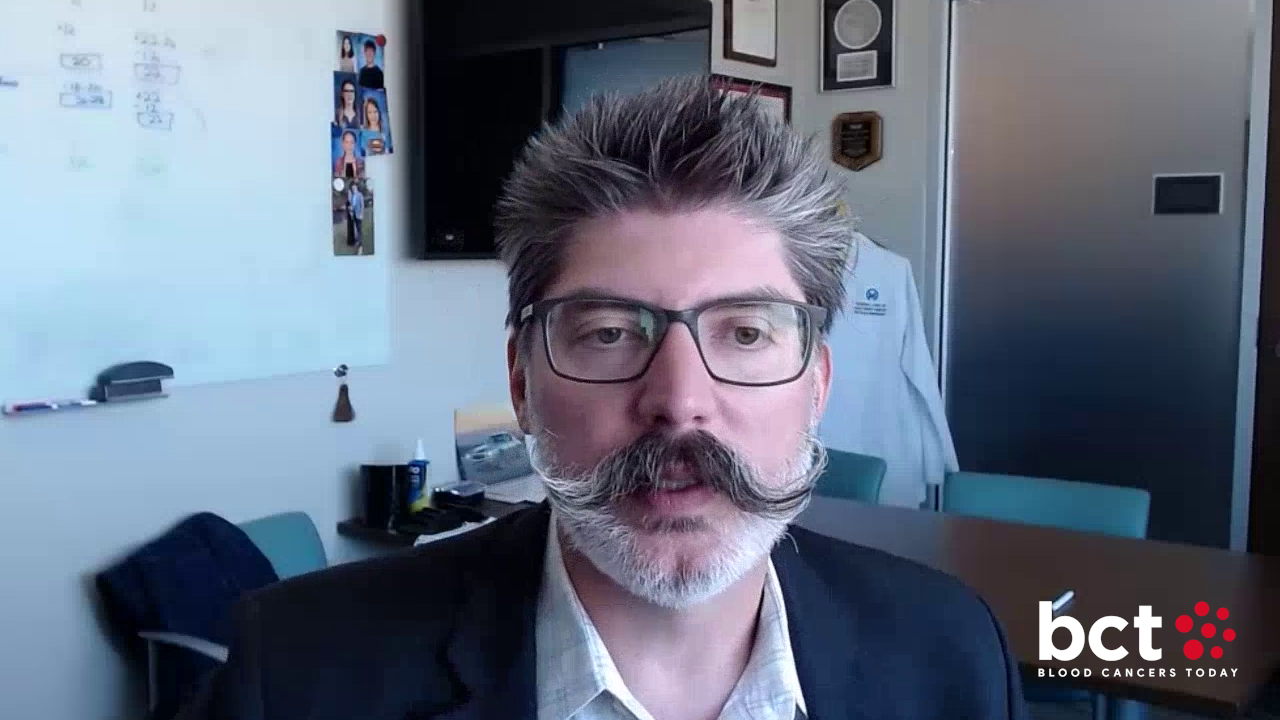
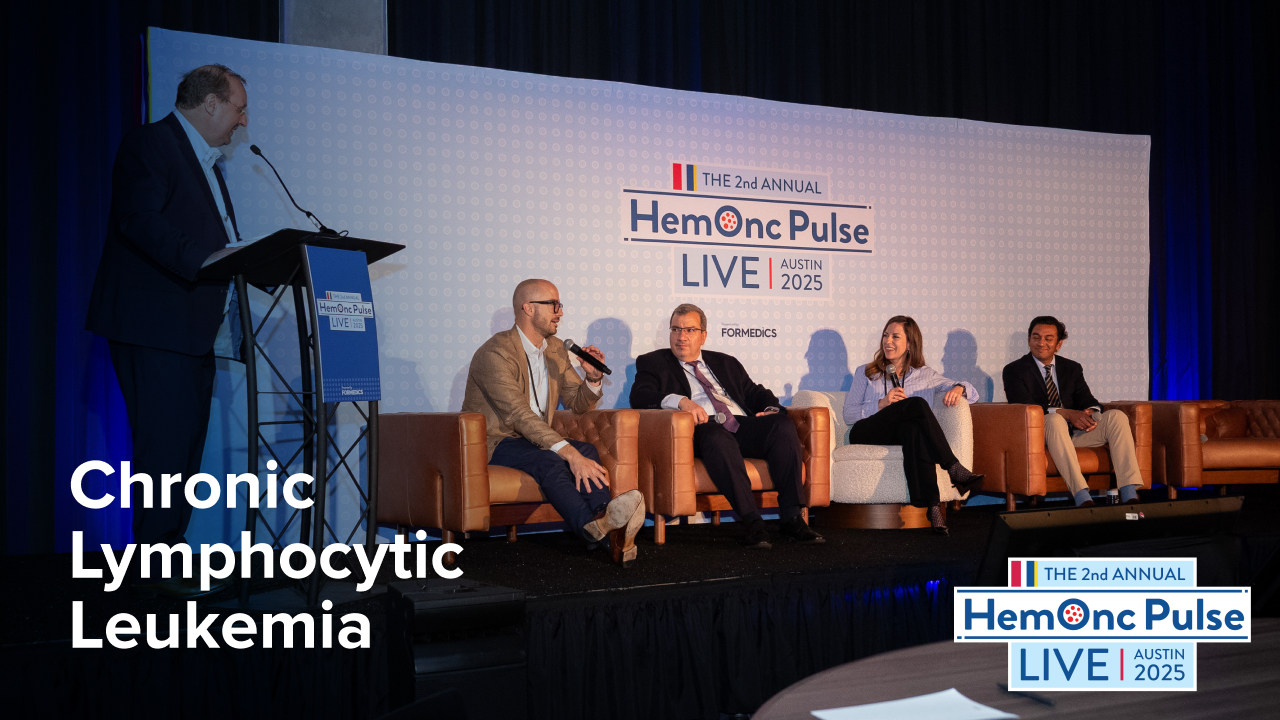
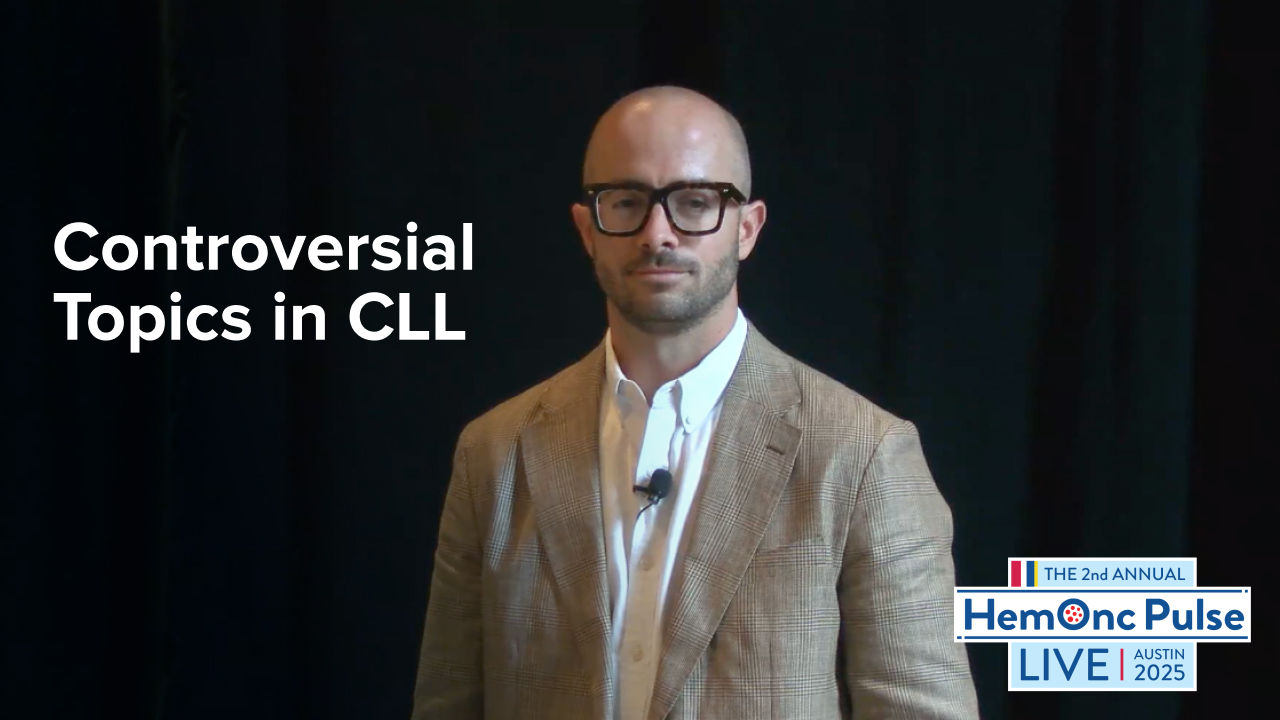
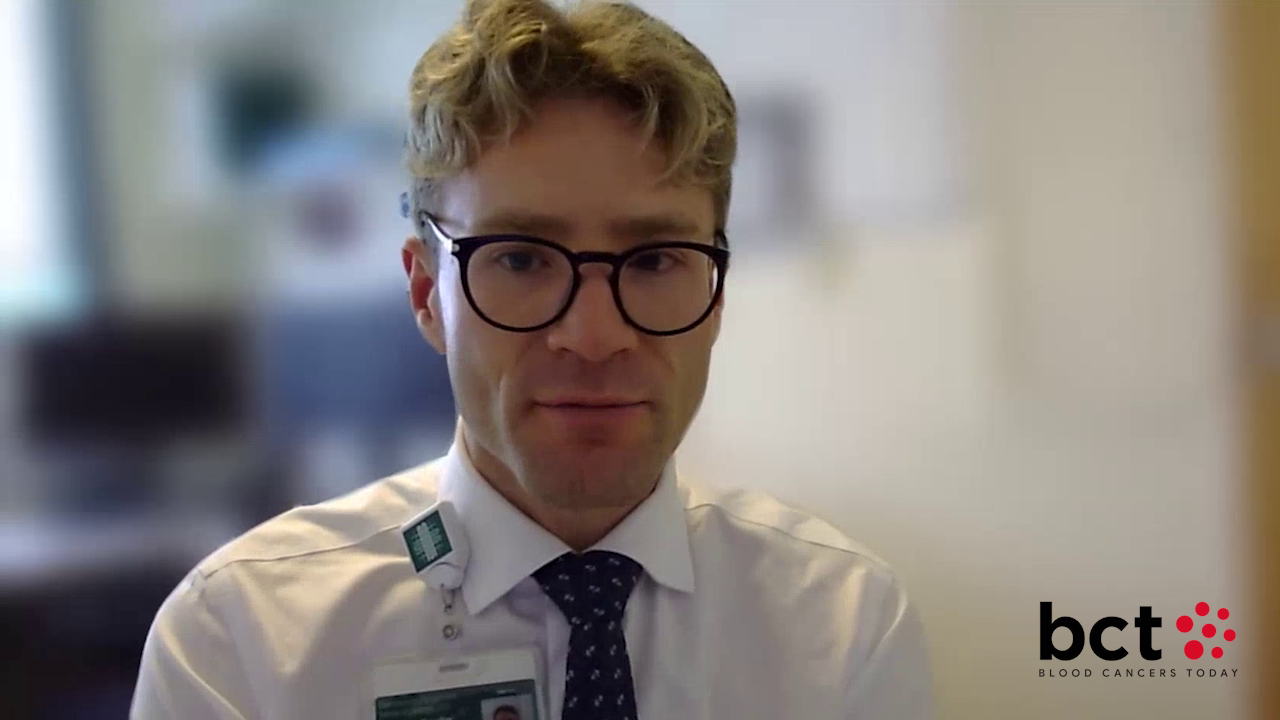
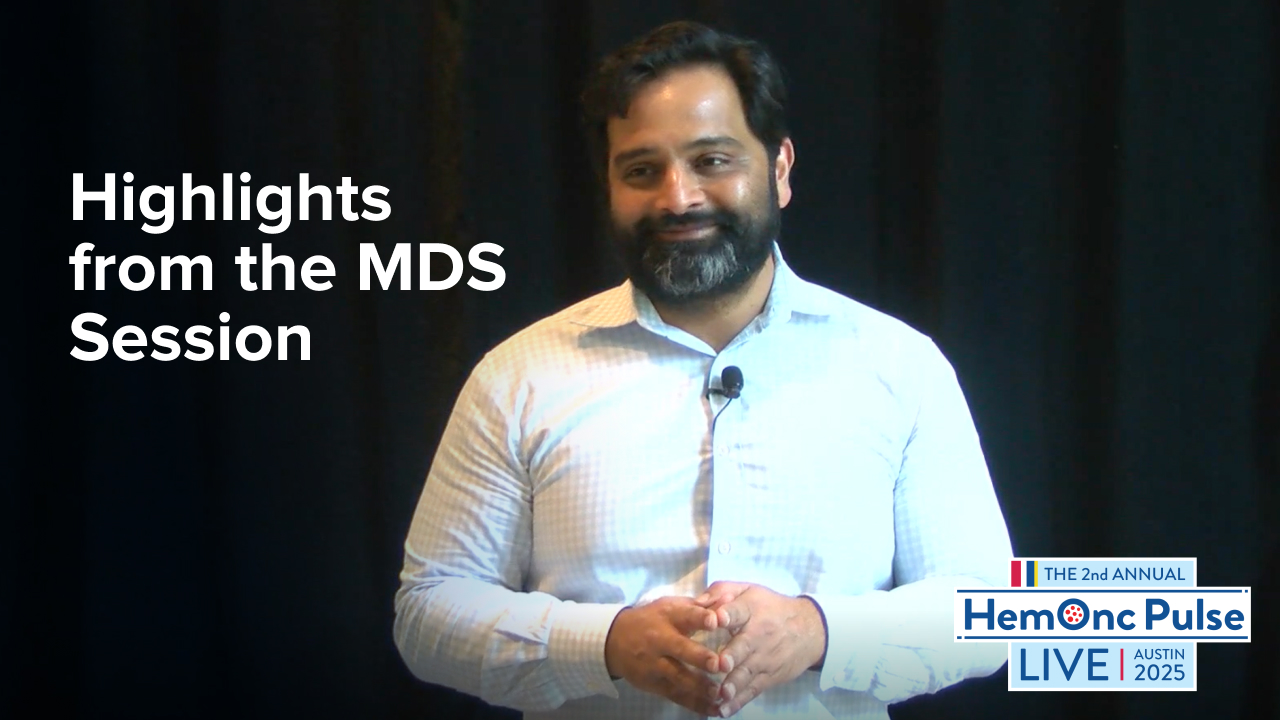
 © 2025 Mashup Media, LLC, a Formedics Property. All Rights Reserved.
© 2025 Mashup Media, LLC, a Formedics Property. All Rights Reserved.